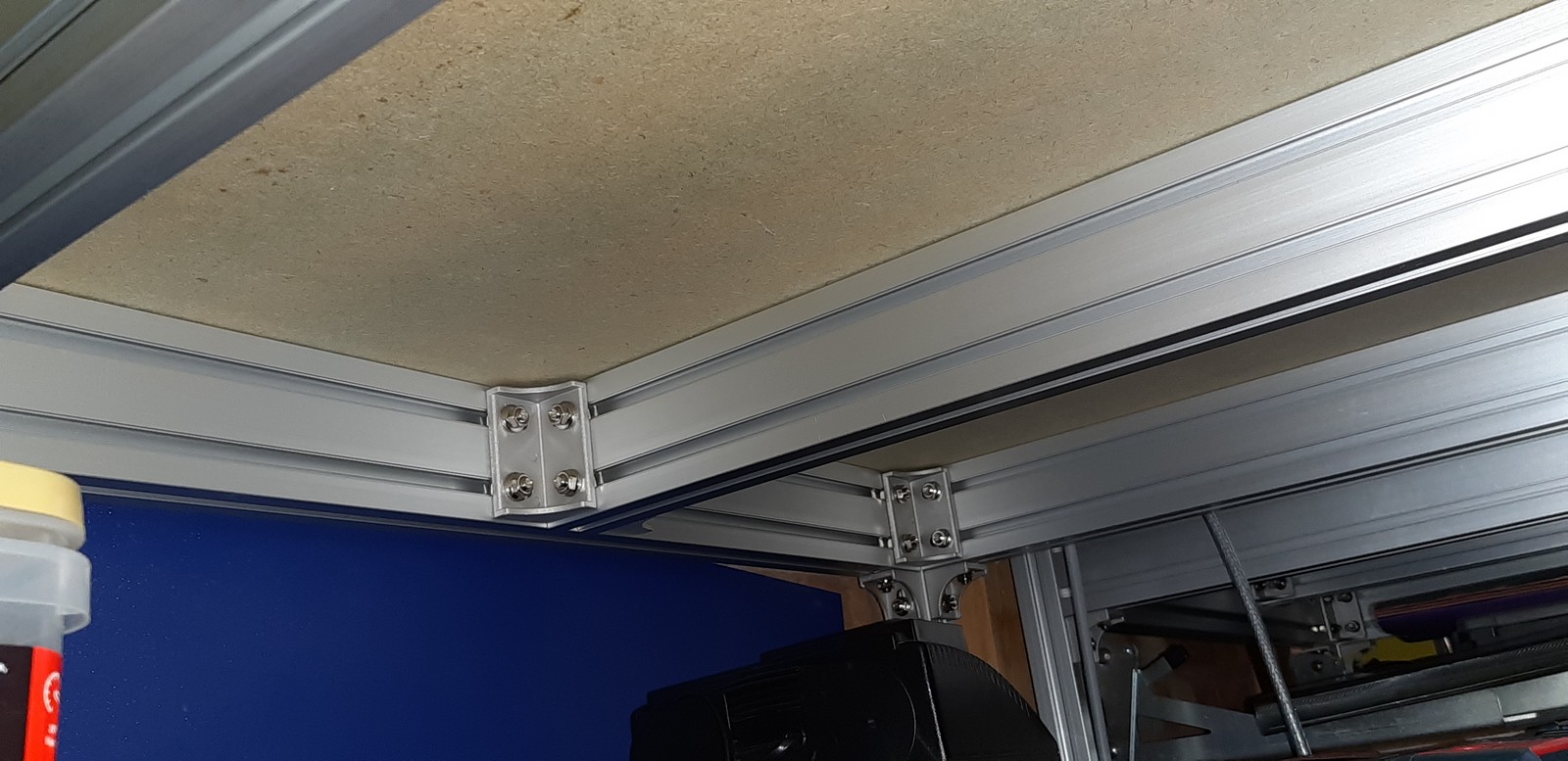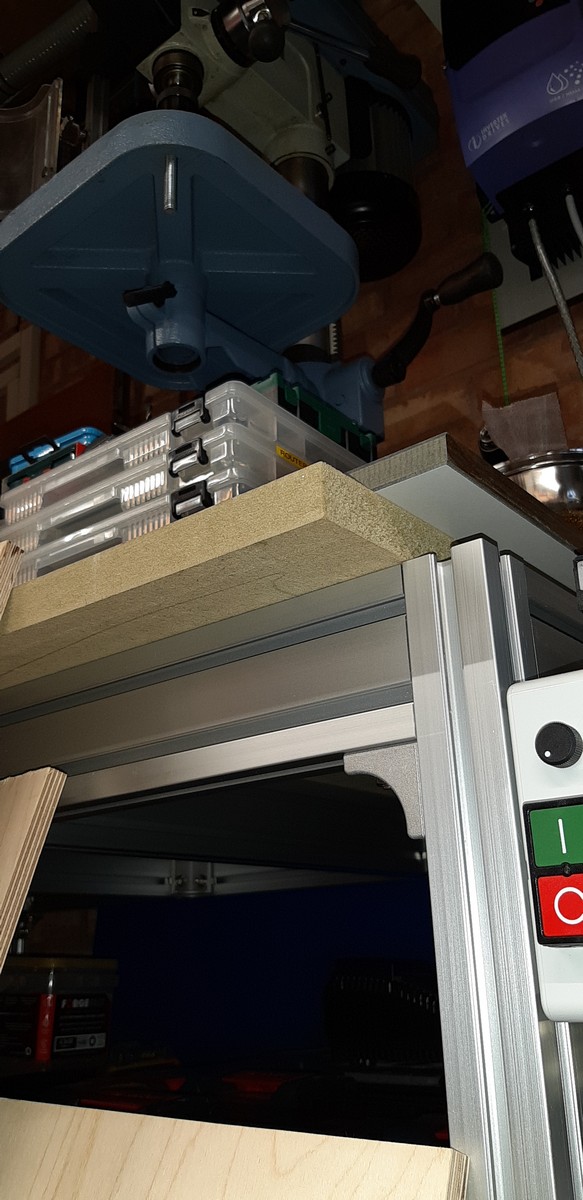Neocleous
Established Member
Hi everyone,
I am hoping to move into a larger work space soon so I have started looking thinking about my new workbench.
I currently use an MFT and I love the functionality of it so I want to make a larger one with storage and a router table. I was inspired by the BF/MFT https://www.garagejournal.com/2019/10/the-bf-mft-workbench-build-part-1/ and the Woodgrafter to use the Incra fence, https://www.youtube.com/watch?v=QL9Xj0fFDeM.
As this isn't a cheap build I'd like to get peoples thoughts and opinions and any suggestions.



I am hoping to move into a larger work space soon so I have started looking thinking about my new workbench.
I currently use an MFT and I love the functionality of it so I want to make a larger one with storage and a router table. I was inspired by the BF/MFT https://www.garagejournal.com/2019/10/the-bf-mft-workbench-build-part-1/ and the Woodgrafter to use the Incra fence, https://www.youtube.com/watch?v=QL9Xj0fFDeM.
As this isn't a cheap build I'd like to get peoples thoughts and opinions and any suggestions.









































